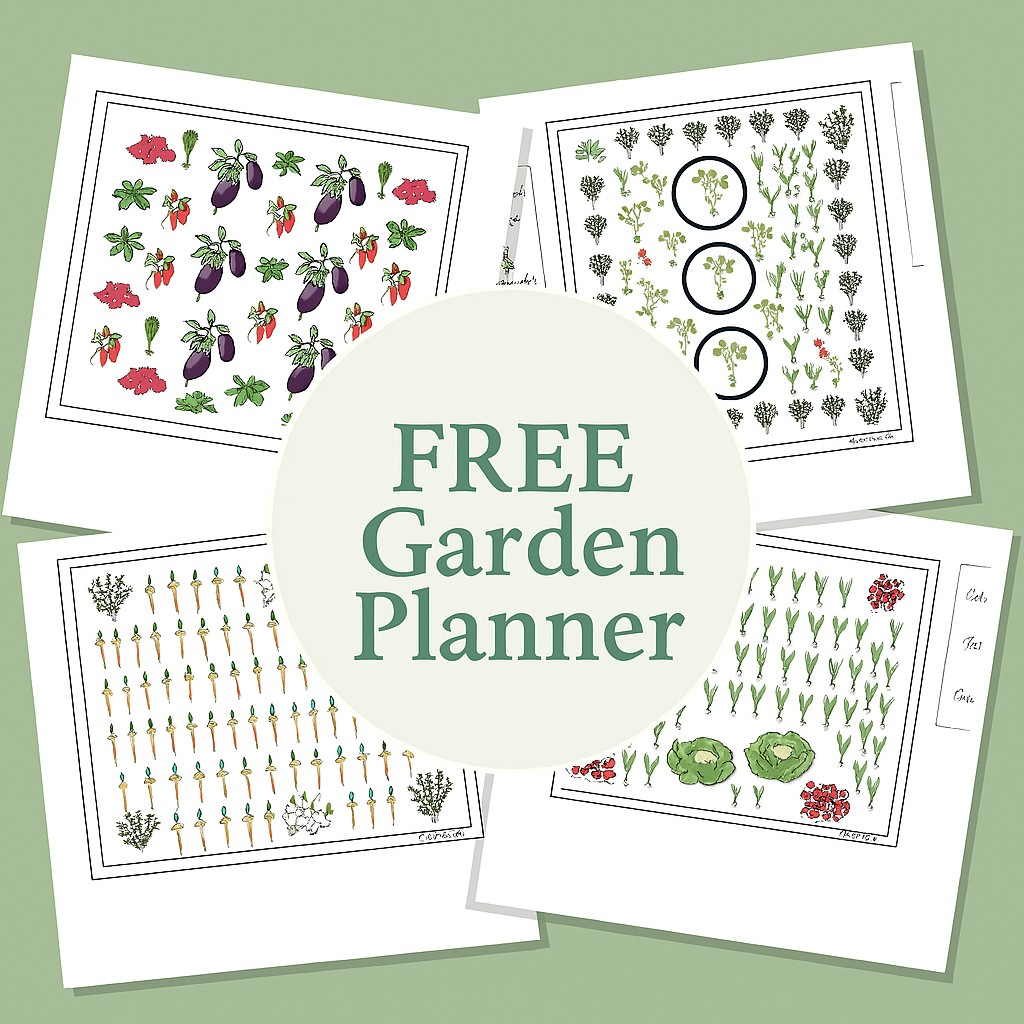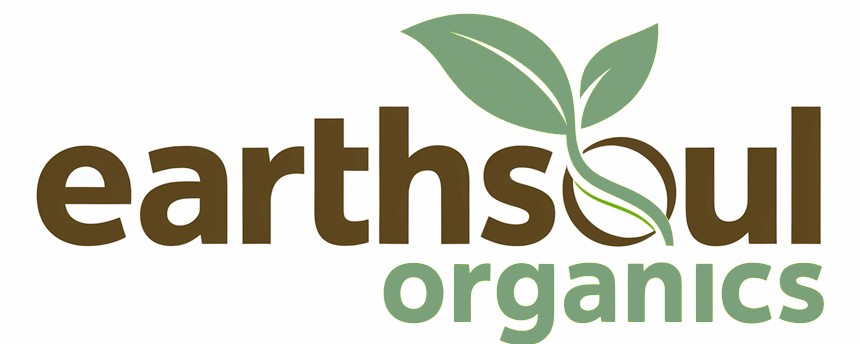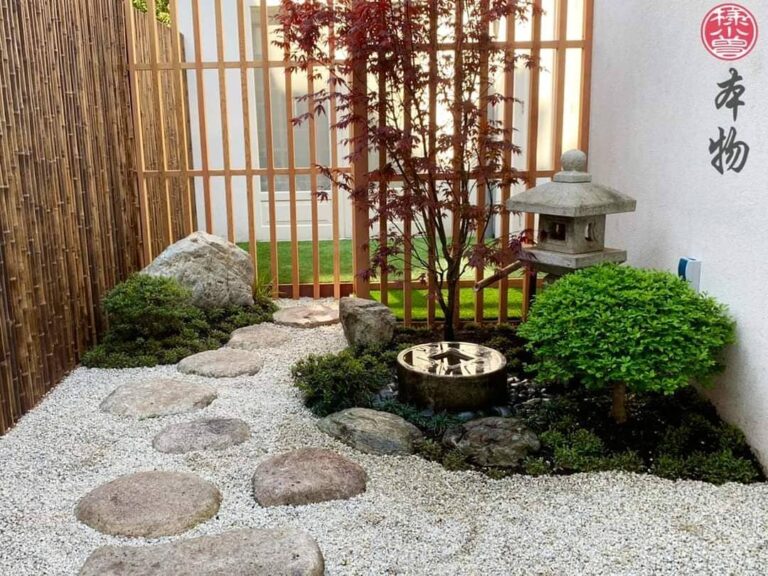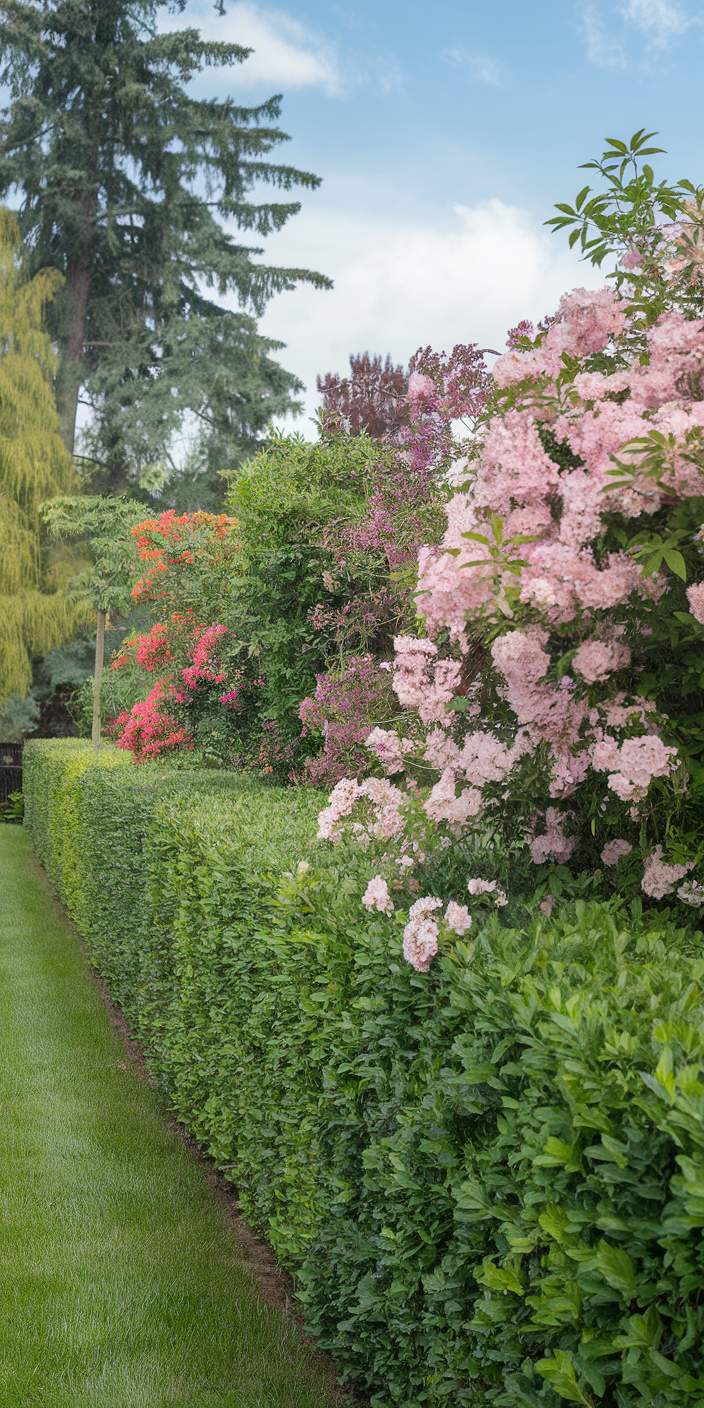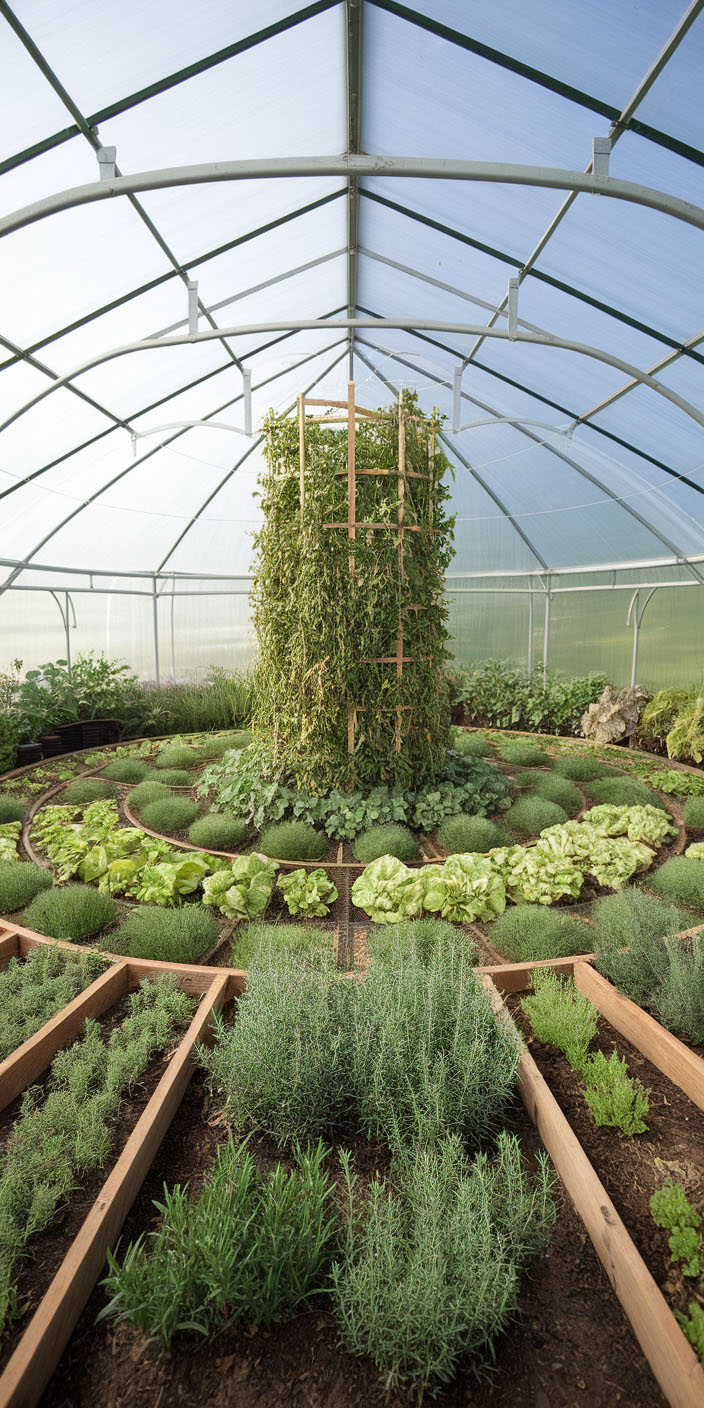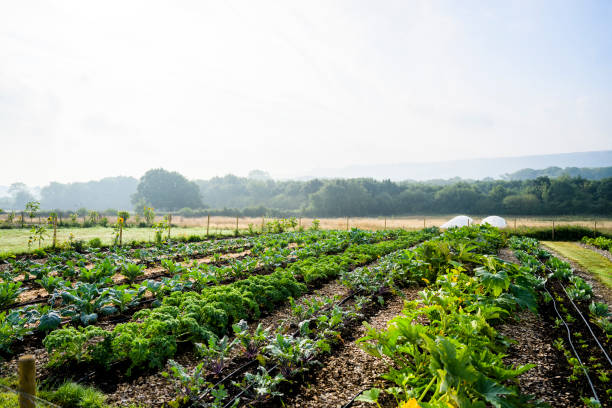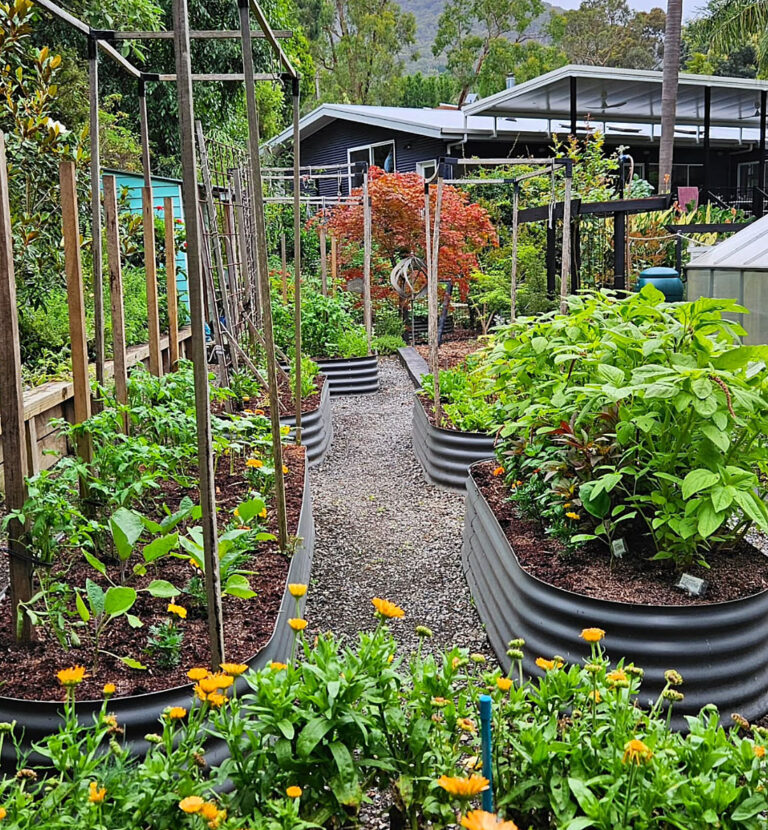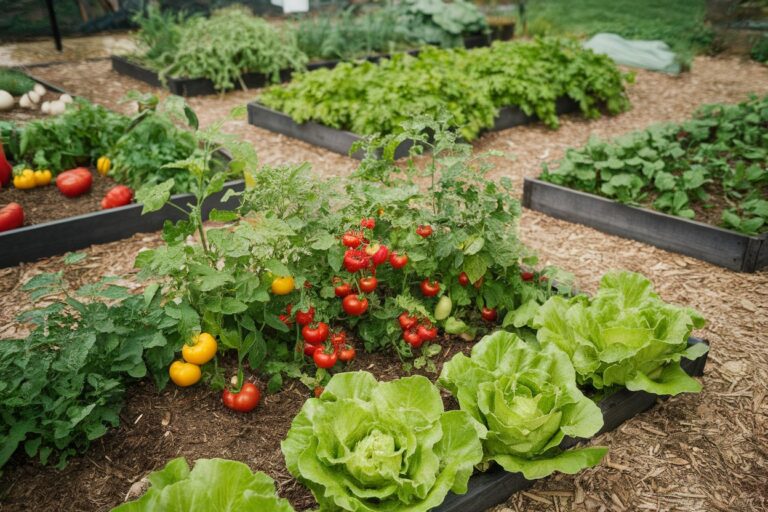Medicinal Herbs Garden Plan: What to Grow for Natural Remedies
There’s something grounding about stepping into the garden and knowing the plants around you aren’t just pretty—they’ve got purpose.
Not just for flavor, but for actual remedies. Calming nerves, soothing sore throats, giving your immune system a bit of backup when needed.

That kind of quiet power.
If you’ve been tossing around the idea of starting a medicinal herb garden, I’ll say this—start simple. Start with what you’d actually use.
Not everything that sounds good on paper ends up useful on the shelf.
I learned that after planting a whole tray of something I couldn’t even pronounce, let alone figure out how to use.
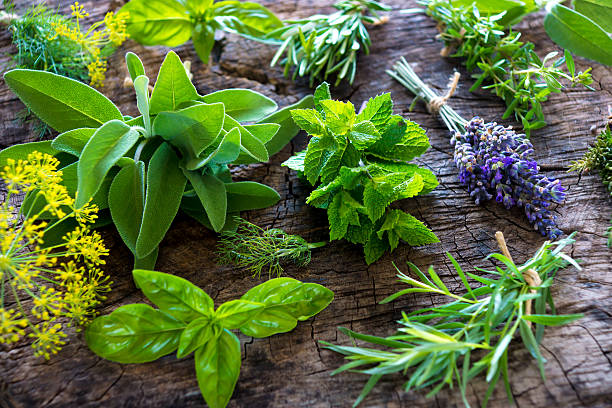
What To Grow (And Why It Matters)
When you’re planning it out, think about the kind of support you’d like from your garden. Are you after better sleep?
Digestive help? Skin support? Or just a good cup of calming tea after a long day?
Here are a few go-tos that I keep seeing pop up in traditional and home gardens, and honestly—they’ve earned their spots:
- Calendula – Bright yellow-orange blooms that are excellent for skin stuff. I use it in salves and homemade ointments. It’s also one of those herbs that just looks cheerful.
- Chamomile – That classic sleepytime tea herb. Calming, gentle on the gut, and smells like sunshine when it blooms.
- Lemon Balm – If I had to pick just one, this might be it. It’s calming, fresh, and even has antiviral properties. Also grows like mad.
- Echinacea – Big, spiky purple flowers and a reputation for immune support. This one’s more for tinctures and decoctions.
- Peppermint – Digestive relief, plus it smells amazing. Good for headaches too. But plant it in a pot or it’ll take over everything.
- Sage – Not just for cooking. It’s antimicrobial and has a long history of use for sore throats and coughs.
Planning Out Your Garden Space
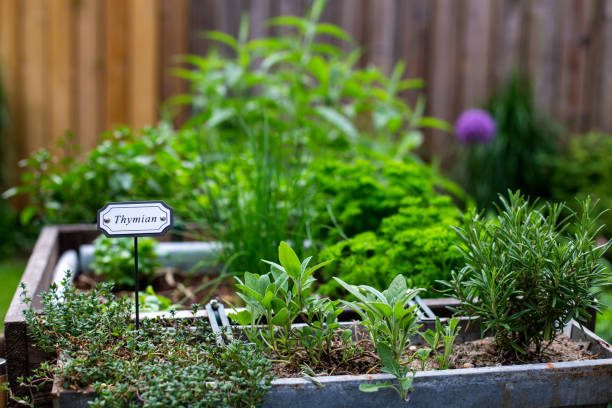
You don’t need a huge backyard to make this work. Honestly, even a few raised beds or big pots can give you plenty to work with.
Spiral herb gardens are cute and practical—especially if space is tight.
What really matters is sunlight.
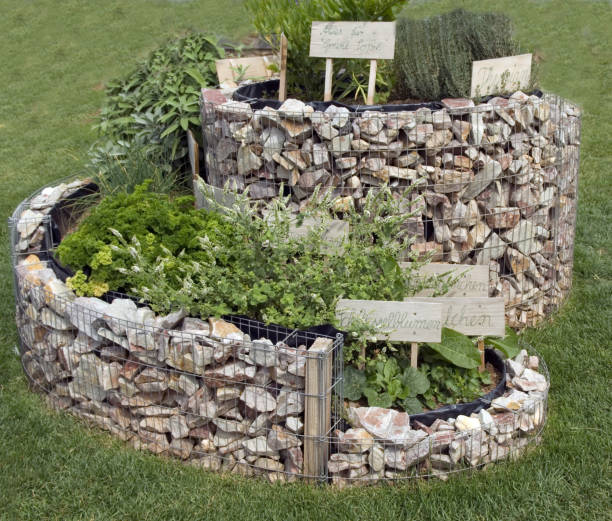
Most medicinal herbs like full sun and soil that drains well.
Group things that have similar water and light needs, and don’t forget to make space for harvesting.
Herbs like echinacea need deeper soil for root digging later on.
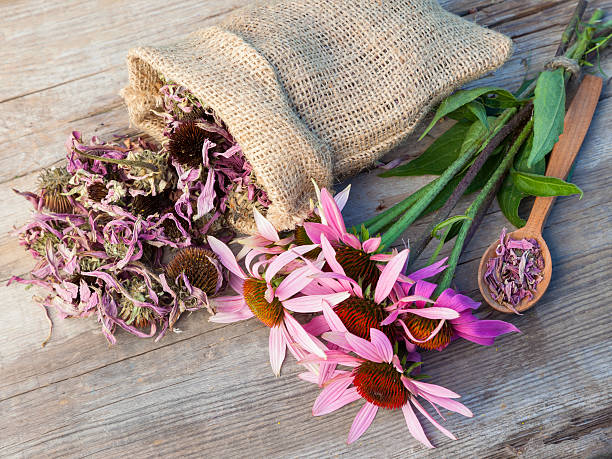
The Soil and Spacing Bit
Most herbs are pretty chill when it comes to soil. As long as it drains and isn’t too heavy, they’ll thrive.
I usually mix in some compost to keep things balanced. Leave room for airflow—especially for those herbs that like to reseed, like calendula.
About 25–35 cm between plants gives them room to stretch without crowding.
Annuals vs Perennials
A little mix of both keeps things flowing year-round.
- Annuals: Chamomile, calendula—they give you fast returns but need to be replanted each season.
- Perennials: Lemon balm, sage, echinacea—plant once and they’ll come back each year (with a bit of care, of course).
Perennials take longer to establish but are worth it for that long-term payoff.
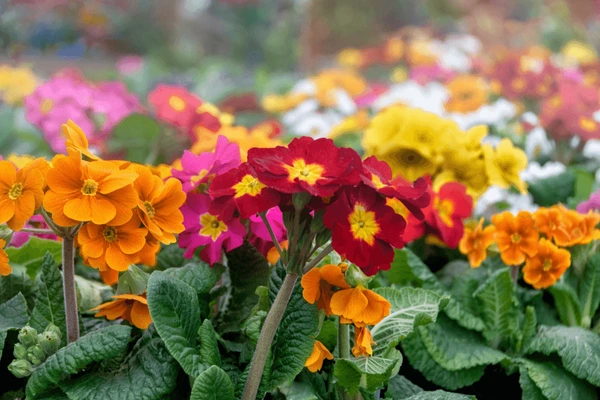
Harvesting and Using What You Grow
There’s a rhythm to harvesting that you’ll get used to:
- Leaves before the plant flowers.
- Flowers right as they open.
- Roots at the end of the growing season.
Once harvested, you can dry them, make teas, tinctures, salves, or just keep a stash for winter colds and rough days.
There’s something really satisfying about using your own herbs when someone’s feeling under the weather—or when you are.
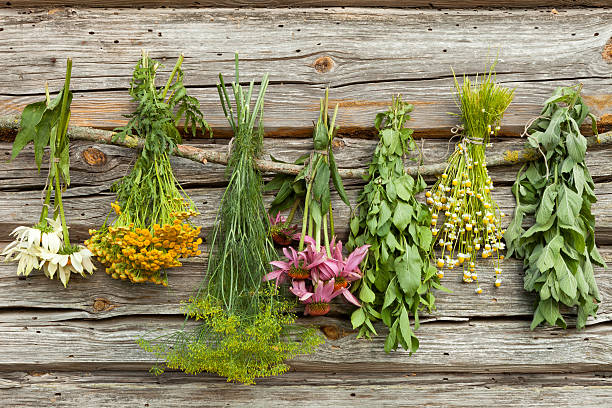
Why Bother?
Honestly? It’s about more than just having a garden. It’s knowing you’ve got a bit of nature’s pharmacy out your back door.
It’s the satisfaction of sipping tea you grew yourself, or rubbing a balm into your hands and knowing what went into it.
It also saves money in the long run. Herbal remedies and teas can get pricey, and half the time they’re sitting in plastic packaging anyway.
A Simple Start
You don’t need to grow everything. Just pick what fits your needs.
- A calming tea blend? Go with chamomile and lemon balm.
- Immune support? Echinacea and thyme.
- Skin repair? Calendula and plantain leaf.
Build from there. The garden will grow with you.
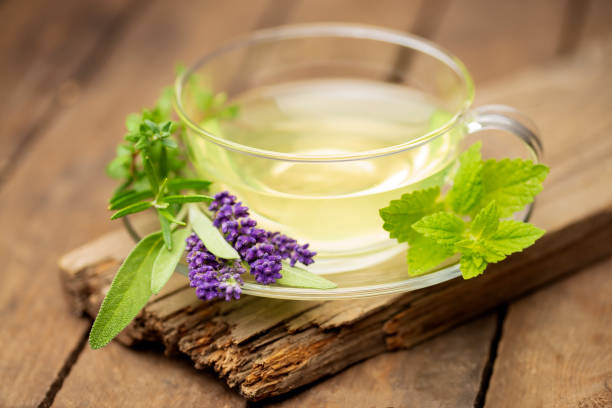
Let your herb garden be part healing, part beauty, and part quiet rebellion against the fast fixes and over-the-counter everything.
It’s a slow, gentle way to connect—to yourself, to the seasons, and to the old ways that still work.
